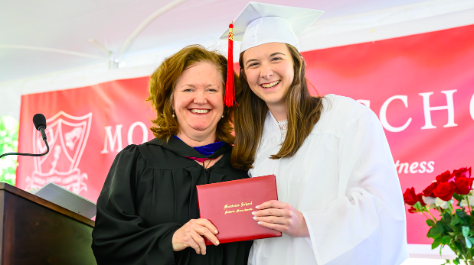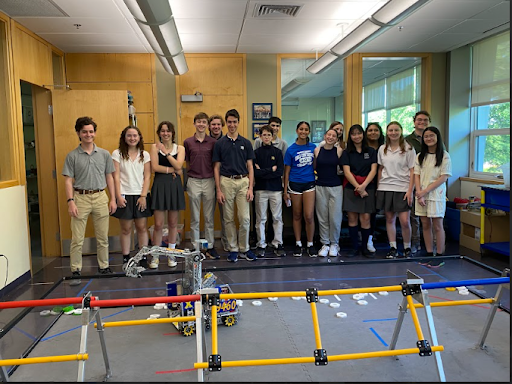Miracle on the Hudson
All passengers were safely removed from the plane by 3:55 pm- a total of 24 minutes after the plane landed on the river. None of the passengers suffered any serious injuries.
“This is Cactus 1539, hit birds. We’ve lost thrust on both engines. We’re turning back towards LaGuardia.”
Chelsey Burnett Sullenberger III wasn’t originally supposed to pilot Flight 1549 on January 15, 2009. Maybe it was a coincidence, a miracle, or an act of God. However it’s defined, something wondrous aligned the planets that morning as he piloted the flight that would not only change his life forever but save the lives of 150 other souls.
You know that feeling of fear and adrenaline where your heart jumps into your throat and your legs go numb? I imagine this is what a pilot would feel during the rare occurrence known as a bird strike. It’s impossible to imagine what Sully Sullenberg felt when his plane experienced an unheard-of double bird strike while flying over New York City’s Hudson River. A bird strike such as this occurs when birds fly into one (or in this case both) of a plane’s engine turbines while it is in the air, usually on take-off. Sully’s plane was swarmed by geese and had to fly through the pack, an event that could have easily been a major disaster. Thankfully, Captain Sully and his co-pilot, Jeffery Skiles, showed incredible calmness, control, and discipline honed through years of experience. Plan A? Sully initially requested to return to LaGuardia after both engines were destroyed because of the collision with the flock of geese, but both men soon realized that there was no time, LaGuardia was too far away. Plan B? The pilots fleetingly considered a landing at Teterboro airport in New Jersey but this plan was discarded due to the short runway. Plan C? Use the Hudson itself as a runway and land Flight 1549 on the river.
Immediately after the bird strike, both engines shut down as the aircraft continued to ascend to an altitude of 3,000 feet in the sky. This lasted for 19 seconds until the aircraft began a glide descent back toward land. The two pilots worked as fast as they could with Captain Sully taking control of the plane and starting the APU (auxiliary power unit), while Skiles attempted to restart the engines. After passing over the George Washington bridge by a mere 900 feet, the aircraft safely touched the Hudson at 3:31 pm. In total, the flight lasted all of five minutes.
An unpowered landing such as this one is incredibly dangerous, leading to the incident being dubbed the Miracle on the Hudson. Water landings are already quite rare, but one like this? Unheard of.
As the plane floated on the Hudson, passengers were safely evacuated onto the wings and emergency slides. Another facet of this miraculous story is that the evacuation plan was hampered by water entering the rear of the cabin as well as the fuselage of the plane. The aircraft was equipped with the necessary tools that were able to remedy this problem very quickly. Fortunately, there were several boats nearby on the busy morning river, and with the help of local New York ferries and the Coastguard, all passengers were safely removed from the plane by 3:55 pm- a total of 24 minutes after the plane landed on the river. None of the passengers suffered any serious injuries.
While pilots and engineers everywhere have their technical and very logical explanations of what happened that day on the river, it’s hard not to see the hand of God in the exacting perfection of the execution of a life-or-death chain of events:
- The weather was clear and sunny with miles of visibility;
- Had the bird strike happened even seconds earlier, Sullenberger would not have had the elevation needed to clear the George Washington Bridge and have enough “room” to maneuver the plane over the Hudson without crashing;
- Sullenberger was both a flight instructor and a former F-4 Air Force pilot;
- Sullenberger was an experienced airline accident investigator;
- Since Flight 1549 had only left LaGuardia mere minutes prior to the bird strike, the fuel tank was still filled with jet fuel, which is lighter and more buoyant than water, therefore enabling the plane to stay afloat for an extended period of time;
- By deciding to start the APU as soon as the engines went out, and far earlier than in the traditional pilot’s procedure checklist for dual engine failure, the plane was able to maintain power in all its systems which helped the pilots keep control of the plane;
- The midtown location on the Hudson River where the plane landed is the most congested part of the entire river, filled with tour boats, ferries, cargo ships, and water taxis all of which sped to the location of the floating plane to save passengers;
- Most important of all: Chesley Sullenberger was a certified glider pilot, an accreditation that fewer than 10% of all pilots can claim. This experience allowed Sullenberger to utilize his knowledge of unpowered landings, the importance of keeping the nose of the plane pointed in the downward direction, and how to flawlessly execute the difficult “low-speed to low-impact” landing that would be required to save lives.
When Flight 1549 was later simulated so that aviators could study the flight, it was discovered that simulated flights modeled after this one but implementing the immediate return to LaGuardia airport (the original Plan A) were only partly successful, but never so when any delay was added. These investigations and studies proved that Captain Sully’s and Co-pilot Skiles’s swift decision saved countless lives. As we celebrate another miraculous anniversary it is also indisputable that too many things had to go exactly right, under extremely stressful circumstances for the right pilot to be in the cockpit for the Miracle on the Hudson to be the Miracle on the Hudson.
By Sarah Grace Lange ’25, Staff Writer
25slange@montroseschool.org











